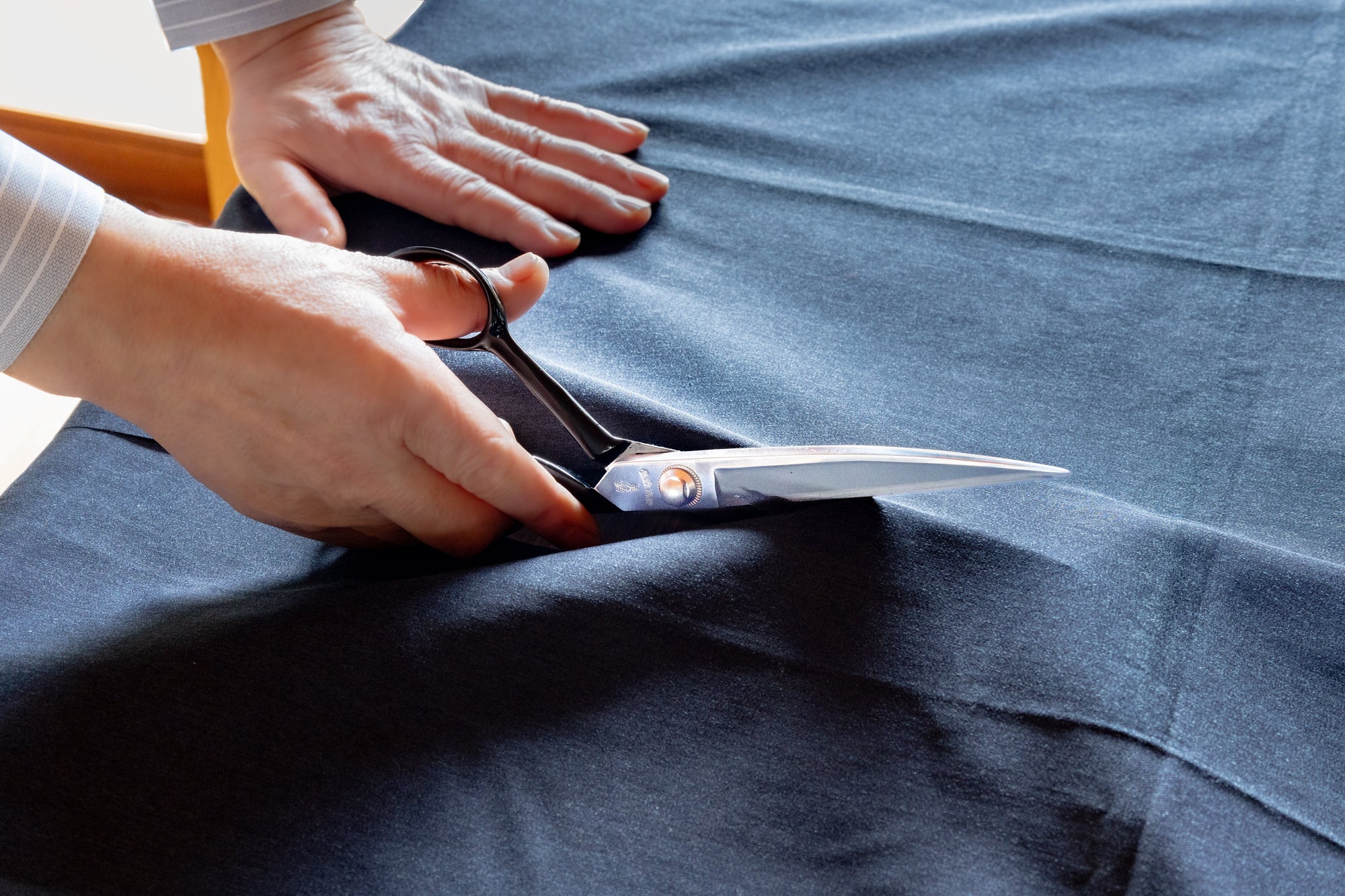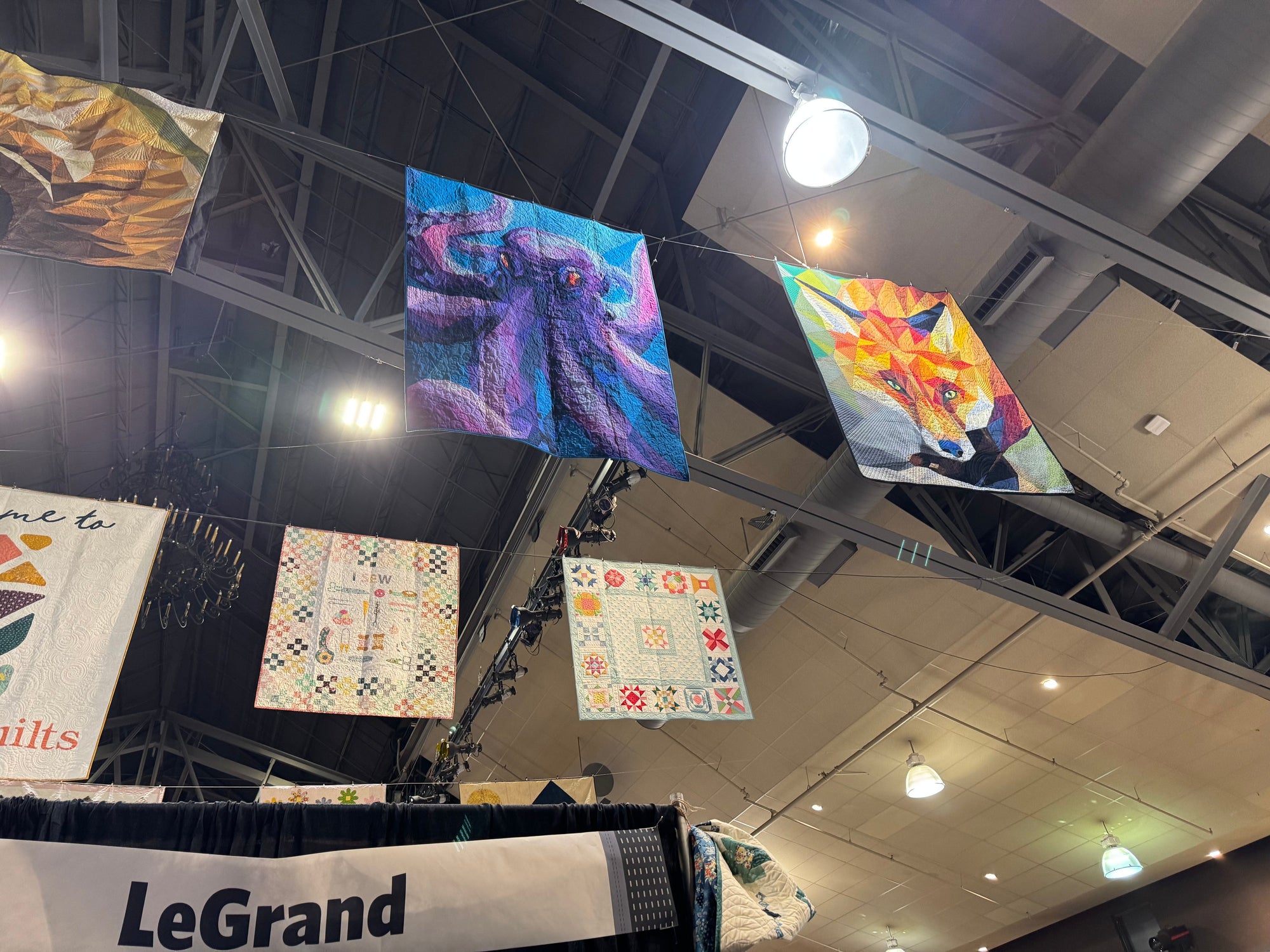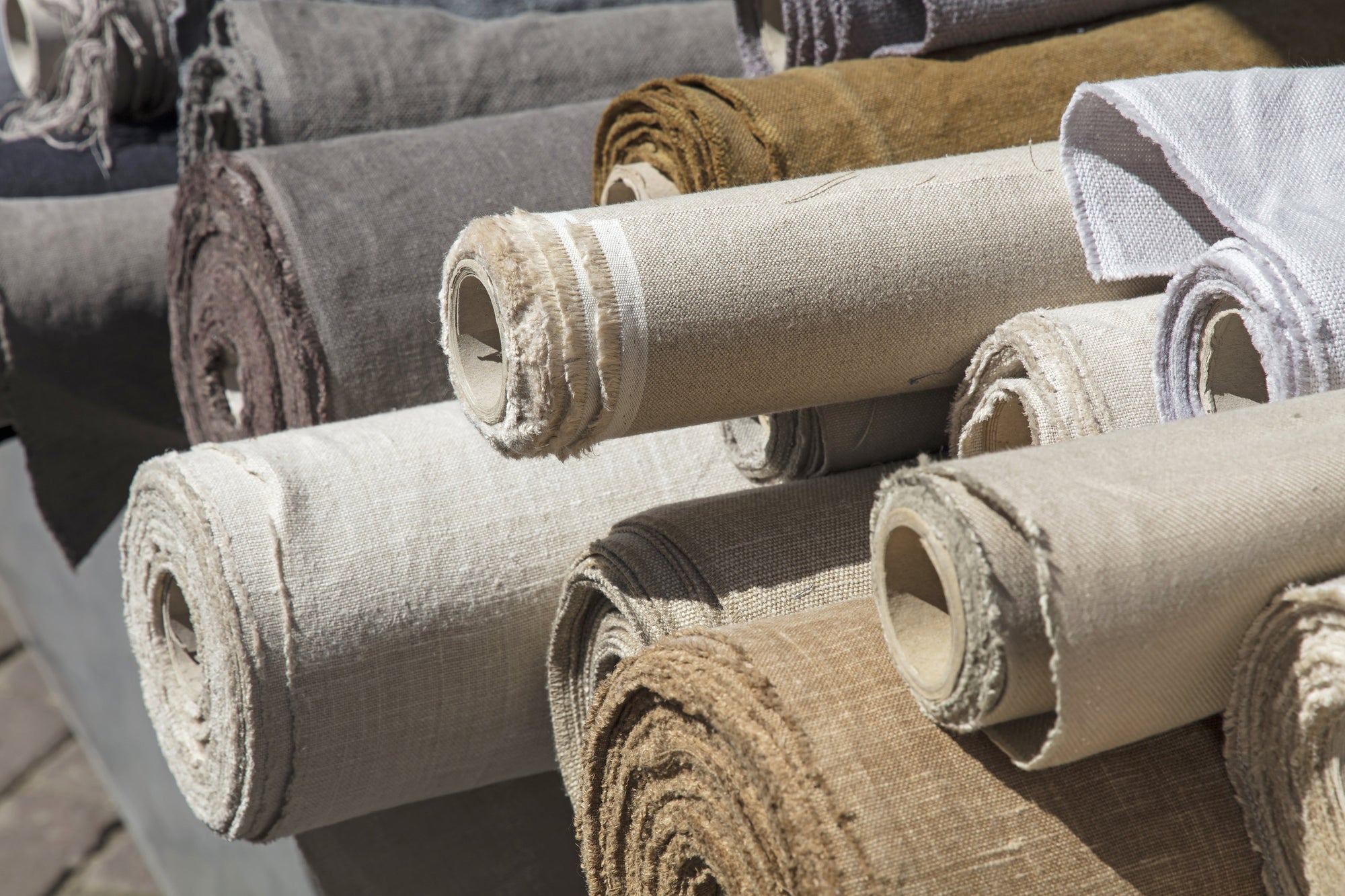Selecting the right pair of dressmaking scissors can feel overwhelming—but it doesn’t have to be. Follow these simple guidelines to match your tool to your fabric and project requirements:

1. Consider Your Fabric Type
-
Sheer & Delicate (Silk, Lace, Organza):
Only scissors with expertly hand-tuned blade surfaces can slice these ultra-thin fabrics cleanly. If you’ve ever struggled to open a thin plastic package with a cheap pair, you know what happens when blade alignment is poor. Always choose scissors whose blades have been final-tuned by a craftsman to ensure a crisp, snag-free cut.
-
Heavy Layers (Denim, Canvas):
When hemming denim, you’ll often need to cut through at least four layers at once—thanks to the selvage turned under to prevent fraying. While they don’t need to be as precise as a chef’s knife, dressmaking shears still require finely ground, high-precision edges. Be sure to choose scissors that promise “smooth 4-layer denim cutting” for quick, effortless results.

-
Slippery Synthetics (Polyester, Nylon, Quilting Layers):
Choose scissors with micro-serrated or saw-tooth blades to grip each layer firmly. The precision serrations hold slippery fabrics in place, preventing shifting and ensuring a clean slice—even through quilts or batiks.

2. Pick the Right Blade Length
-
Short Blades (8″–9″):
Ideal for intricate curves, small trims, and detailed patterns. The shorter blade makes it easier to follow tight shapes without overcutting.
-
Long Blades (11″):
Best for long, straight cuts and heavy— or layered—fabrics. A longer cutting edge amplifies force, letting you slice through multiple layers with less effort.
-
Middle Ground (10″):
If you’re new to sewing or torn between sizes, a 10″ scissor gives you balanced versatility for both curves and straight edges.
3. Choose Your Blade Material

-
Standard Stainless Steel ($20–$60):
Economical, but the edge dulls quickly if not hand-finished.
-
High-Carbon Stainless or Tool-Grade Steel ($30–$70):
Offers significantly longer edge retention at a modest price increase. These shears often rival the cutting performance of basic stainless shears for just a few dollars more.
-
Silver 3 Super Steel or VG10 ($100+):
The pinnacle of scissor steel. These ultrahard alloys require master-level honing and deliver a lifetime of razor-sharp performance. VG10 shears glide through 10 layers of denim effortlessly, making them the ultimate choice for pros, seniors, and hobbyists seeking a “once-in-a-lifetime” tool.
4. Think Long-Term
-
Sharpening & Care:
If you plan to resharpen your scissors regularly, Silver 3 Super Steel blades hold their edge exceptionally well. They age like fine cutlery—becoming smoother with each maintenance.
-
Ergonomics & Balance:
Consider handle comfort and blade tension. A well-balanced scissor reduces hand fatigue, especially when cutting heavy or layered fabrics repeatedly.
Final Recommendation
For hobbyists and professionals alike, investing a bit more in hand-finished steel shears pays dividends in comfort, precision, and longevity. Whether you choose a finely tuned high-carbon pair for everyday tasks or a VG10 masterpiece for the most demanding cuts, the right scissors will transform your sewing experience—making every snip smooth, accurate, and stress-free.
Ready to upgrade? Explore our full range and find the perfect sewing companion tailored to your fabric and technique.



